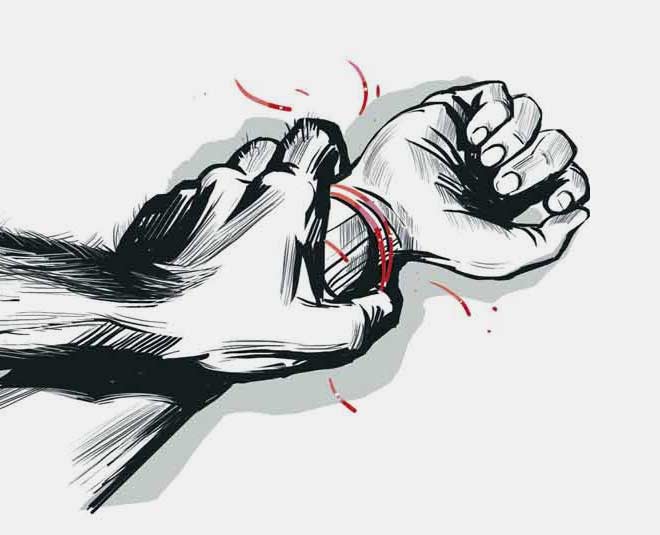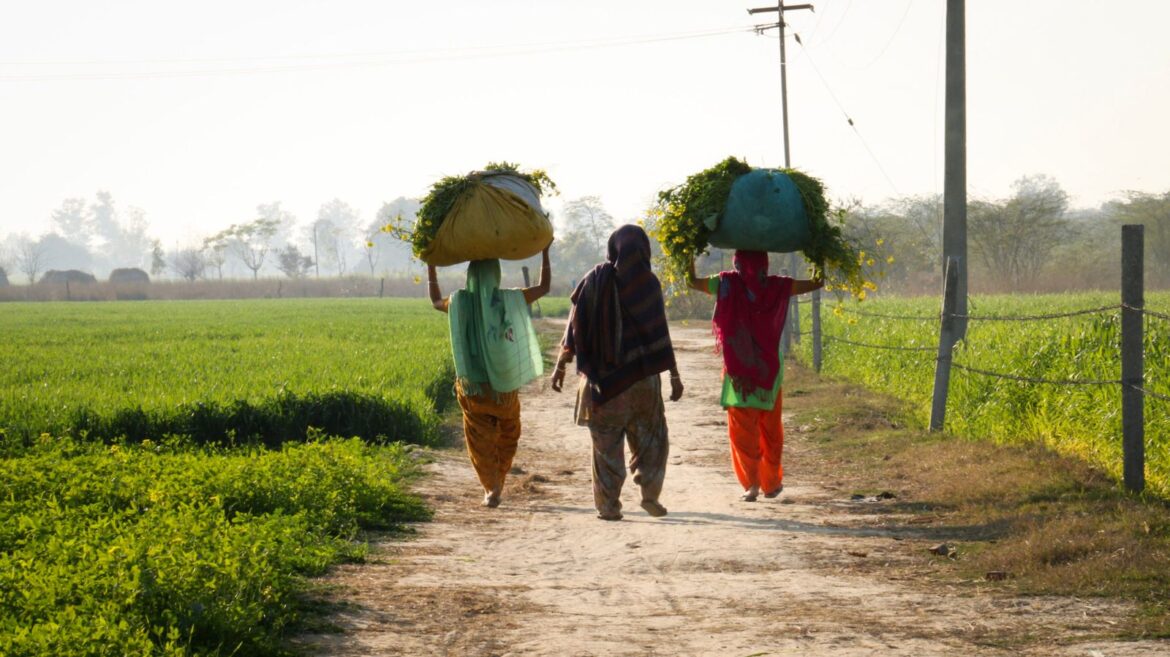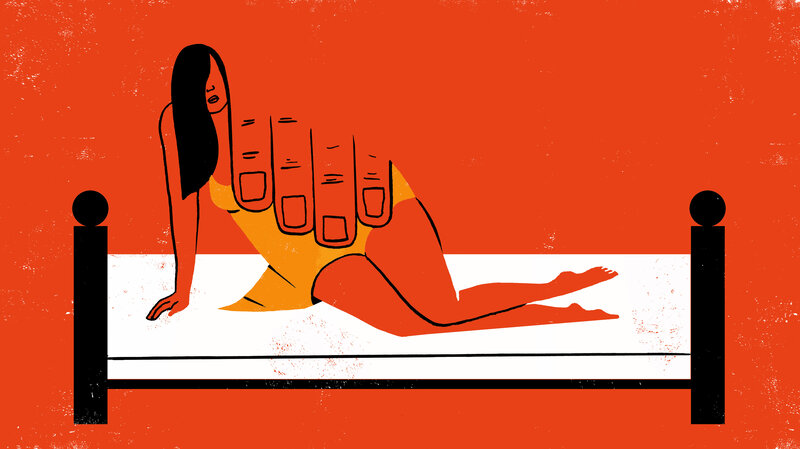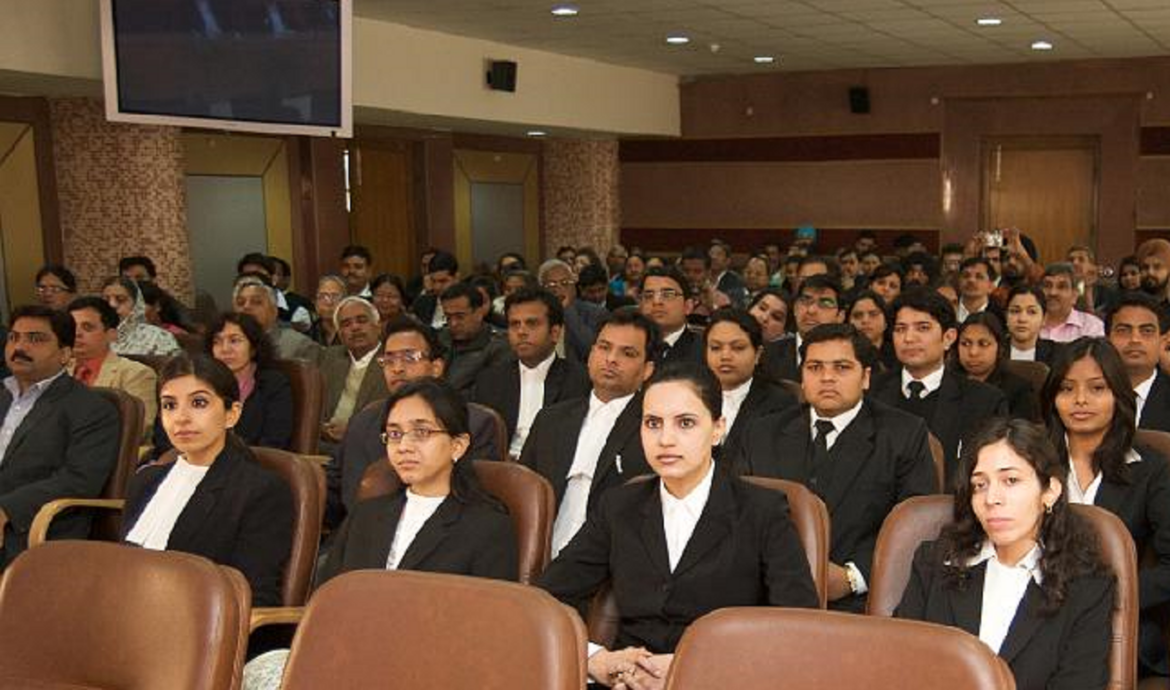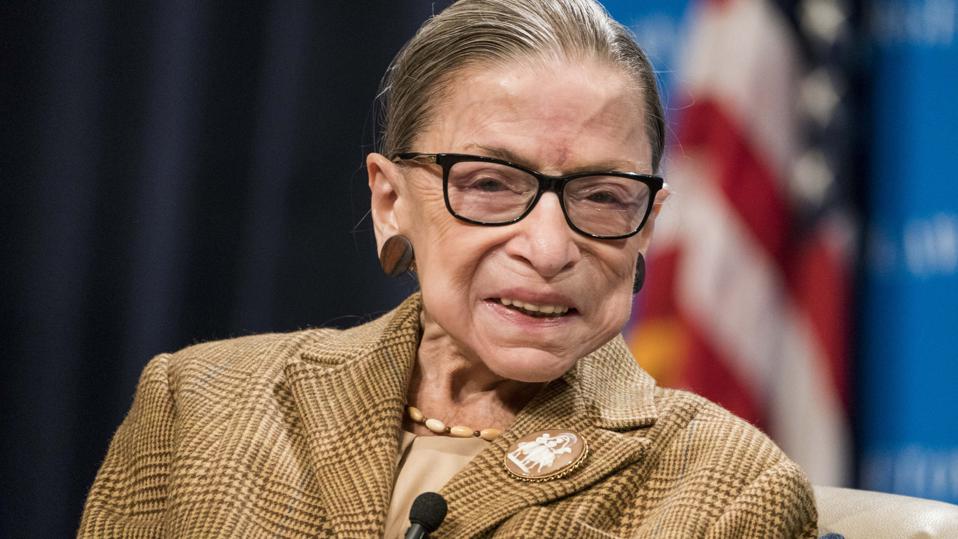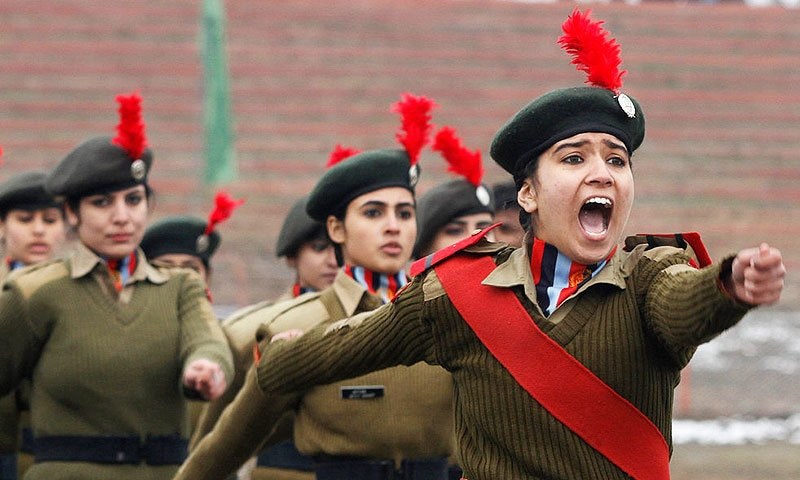Mehreen Mander
Last week, a Division Bench of the Kerala High Court in Mat. Appeal No. 151 of 2015 held that marital rape is a good ground to claim divorce. The Bench comprising Justice Muhamed Mustaque and Justice Kauser Edappagath dismissed a set of appeals filed by the husband challenging the decision of the Family Court, recognizing that “a husband’s licentious disposition disregarding the autonomy of the wife is marital rape” which amounts as physical and mental cruelty. The appeals were preferred by the husband seeking against a judgment of the Family court granting a divorce on grounds of cruelty. The husband’s petition seeking restitution of conjugal rights had also been dismissed.
Facts
The facts of the case were as follows: The appellant-husband upon failure of a business started subjecting the wife to constant harassment demanding money from her family, and on various occasions the father of the wife has given him approximately 77 lakhs. Further, the respondent had been subjected to physical harassment and sexual perversion. The appellant husband has committed forceful sex on numerous occasions – when she was sick and bedridden, when his mother expired and even in front of their daughter. She had also been subjected to unnatural sex against her will. Further, the husband was in an illicit relationship with the caretaker of the apartment. The family court had granted divorce on grounds of mental and physical cruelty.
Observations of the Court
The Division Bench while rendering its judgment observed that “sex in married life must reflect the intimacy of the spouse”, and in the present case, the sexual perversions the respondent was subject to was in disregard of her wishes and feelings. Further, the Division Bench observed that marital rape is premised on the patriarchal notion of the husband that the wife of the body owes to him. Such a notion, has no place in a modern social jurisprudence which insists on treating the spouses in marriage as equal partners.
The court recognized that “marital privacy” is connected to individual autonomy and any intrusion into this space would diminish this privacy. That a violation of bodily integrity is a violation of individual autonomy, which is protected as a fundamental right. Thus, the court recognized that “treating wife’s body as something owing to husband and committing sexual act against her will” is marital rape which is to be construed as an invasion of marital privacy. The Bench acknowledged that while marital rape is not criminalized in the Indian penal jurisprudence, that by itself does not deter the court from recognizing it as a ground for divorce. Marital rape essentially constitutes physical and mental cruelty, which is a ground for divorce under section 13(1)(i-a) of Hindu Marriage Act,1955 and Section 27 (1) (d) of Special Marriage Act, 1954.
Thus, the appeal was dismissed.
The Position of Law on Marital Rape
The Indian state is one among only 36 countries that refuse to bring marital rape under the purview of penal consequences. Section 375 of the Indian Penal Code, 1860 that defines rape categorically excludes instances of sexual intercourse by a husband with his wife who is aged above 15 years. The age of consent was later raised to eighteen years by the Criminal Amendment Act of 2013. The Supreme Court in Independent Thought v. Union of India also held that a girl child below 18 years of age was incapable of giving consent for sexual intercourse. The courts have however refrained from getting into the question of illegality of marital rape. This implies that adult wives can still be legally raped by their husbands under the current penal law in India.
The Justice Verma Committee set up in the aftermath of the 2012 Nirbhaya case recommended criminalization of marital rape. In 2017, a parliamentary panel set up to consider the Committee’s recommendations observed that criminalizing marital rape would bring the entire family system under great stress. Thus, it has refused to remove the exception in Section 375 which allows the husband to legally rape his major wife. The government has repeatedly insisted the sacrosanct nature of the institution of marriage to justify the exception.
It is pertinent to juxtapose such conceptions of marriage against cases where rapists are asked to marry rape survivors. Recently, while hearing a case against Mohit Subhash Chavan, a public servant who was accused to repeatedly raping a minor girl was asked by former Chief Justice of India SA Bobde if he intended to marry her. This is not an isolated instance. Rapists often marry the survivors to escape penal consequences under the persuasion of village elders or relatives. Judges too are persuaded by the arguments of stigma and honor. In some cases, rapists have deserted the survivor after marriage.
The apex court in judgments like Lillu Rajesh and others v State of Haryana has observed that a women’s supreme honor is “her dignity, honour, reputation and chastity.” That this supreme honor is defiled and degraded by the act of rape and thus renders the victim helpless and unmarriageable, is repeated in many judgments such as Deepak Gulati v. State of Haryana. Courts routinely advise marriage between the rapist and the survivor as a compromise – to save the woman from the resultant stigma and social rejection, and the man from punishment, especially in those cases where the victim has become pregnant.
Conclusion
It is very telling about the Indian jurisprudence that considers marital rape is essential to preserve the sanctity of the institution of marriage on one hand, and makes the rape survivor marry her rapist on the other. The jurisprudence at some level recognizes that a woman must suffer the worst form of degradation and harassment as a part of the regular course of marriage. The cost of preserving the institution of marriage must be the woman’s autonomy, and such cost must be paid by what the court itself recognizes as the worst form of defiling of her “supreme honour.” The only way to contradict this inference is to consider the married woman as the chattel of her husband, which is an understanding grossly violative of the fundamental right of equality.
In light of this, the Kerala High Court judgment becomes important. It recognizes autonomy as a part of privacy which is a fundamental right, and extends it to the private sphere of marriage and household which state has often refused to do. It in fact goes a step further in acknowledging the legal heteronomy and paternalism in the family and divorce laws of the country. Recognising marital rape as grounds for divorce opens the door for many women who suffered without recourse so far.


